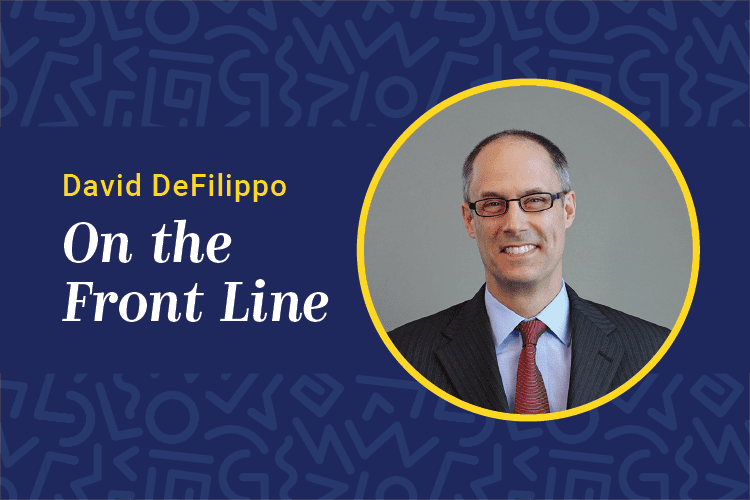
One of my favorite movie characters is Rayburn, played by Christopher Walken, in 2004’s “Man on Fire.” While discussing the protagonist’s prowess as a hitman (played by Denzel Washington), he describes that expertise in the following way: “A man can be an artist — in anything — food, whatever. It depends on how good he is at it.”
For years this quote left me wondering about self-actualization and its many forms.
Originally conceived by Kurt Goldstein in his 1934 work “The Organism,” and later built upon and codified in a framework by Abraham Maslow during the 1940s to 1950s, this psychological theory focused on fulfilling human needs in stages starting with the most basic through those of higher purpose. These five stages include: (1) physiologic, (2) safety and security, (3) love and belonging, (4) self-esteem and (5) self-actualization. As learning and talent practitioners, we more colloquially refer to this fifth stage when we discuss employee performance and potential during performance management and talent assessment cycles.
When working with colleagues to discuss career path options and decisions about best next steps, I regularly refer to the framework I have used to guide my own career progression and choices. Fortunately, with no worries about my basic survival as framed by Maslow’s first stage, I recall my early career being focused on the security that was provided by having a job that afforded a means to housing and taking care of myself, thereby providing independence. As my roles progressed from a series of jobs to that of a career with focus and direction, I clarified the three characteristics that were most important for my career fulfillment, starting with the need to belong.
I have always placed a premium on working with mission-driven people. This has meant individuals and teams who share similar values, are aligned to a common purpose and remain inspired to achieve that aspiration. This conviction was apparent as early as my high school years when, after an 8-2 cross-country season, our team agreed to the mission of 10-0 the following season and achieved that goal through a concerted training regimen and, more important, a determined group effort.
Next, I have never been very good at doing things that don’t interest me on some level, so focusing on meaningful work has been a guidepost of my 30-year career. As a result, I am sure that is why I have been tasked with building or turning around functions and groups over the course of my career. In the area of “be careful what you wish for,” I had an experience where I was asked for feedback about a situation on a Friday and then put in charge of fixing it the following Monday.
Third, I derive a deep level of satisfaction from seeing the results of the work that I am leading or involved in take hold with individuals, teams and organizations. This penchant has informed my style as a player-coach when working on programs focused on emerging talent and senior leadership development. As much as I know the groups appreciate these developmental experiences, I equally value seeing and being part of their progress.
Using these three criteria, I have been able to evaluate when roles, firms and organizational maturity are a good fit — or not. I have used this framework as a barometer to evaluate and make career choices with positive outcomes.
Applying this framework to several of our routine human capital management practices, such as performance management, talent assessment and career coaching, learning and talent practitioners are uniquely positioned to not only assess performance and potential but also to guide individuals toward their career aspirations and create the pathways for achieving those goals. For example, establishing career plans that meet business goals and build individual skills will almost certainly have dual benefits for employees and their organizations.
I am not sure whether this qualifies me as an artist; however, my experiences to date suggest that learning which situations fulfill us and feed our passions form the basis for achieving self-actualization and ultimately painting a masterpiece.
Dave DeFilippo is chief people and learning officer for Suffolk. He can be reached at editor@CLOmedia.com.
















